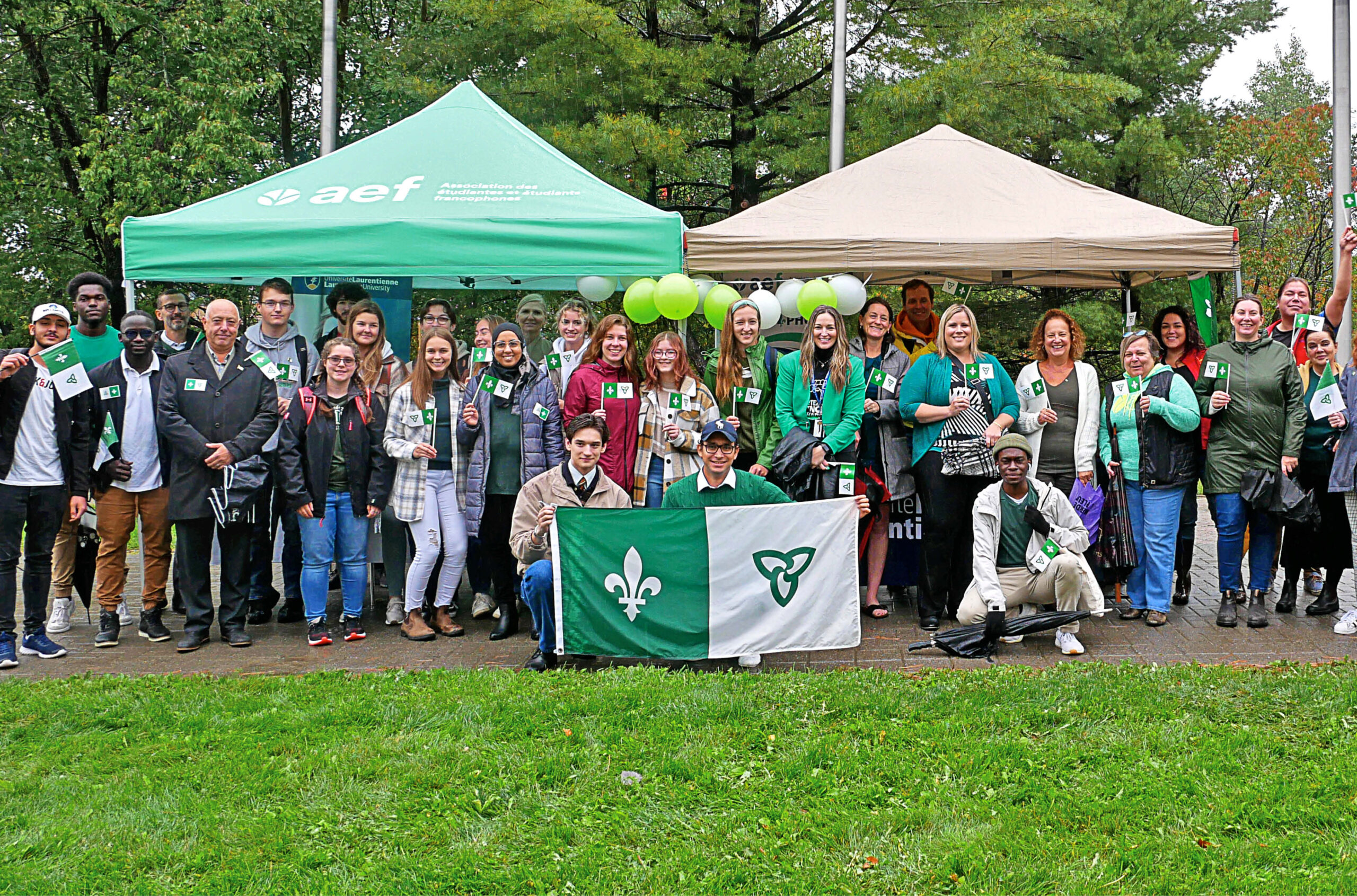Alex Colville’s studio restored at Mount Allison University
The contents of the painter’s workspace – from a trove of pens to customized furniture the artist built himself – offer clues to his creative process and discussion points for the future of Canadian art.

Alex Colville created some of the most iconic images in Canadian art history, like To Prince Edward Island and Horse and Train, while perched on an old Bass River chair. He hijacked the chair from the family dining room set for his home studio in the 1950s, and it was still there when he died in 2013.
Colville’s insistence on the solid wood seat – even after his daughter had given him a state-of-the-art ergonomic chair as a gift – is the kind of detail that speaks to the realist painter’s reputation as exacting and precise, says Gemey Kelly, director and curator of the Owens Art Gallery at Mount Allison University.
“Intentionality was key for Colville,” Ms. Kelly says. “Any interference to that, even well-intentioned, isn’t really readily incorporated into the system – and Colville was an artist who developed a lot of systems, routine and order for himself.”
[masterslider id=”5″]
The chair is also one of several items from the artist’s studio now on display at the university.
Ms. Kelly was tasked by the Colville family to restore and relocate the full contents of the artist’s studio from his home in Wolfville, Nova Scotia, to the university in Sackville, New Brunswick. In October, the university finally unveiled to the public the tools that made the man – everything from a cache of Rapidograph pens to tables and easels the left-handed artist had custom-built himself out of pine and plywood.
The acquisition is a homecoming of sorts: the painter is a graduate of Mount Allison and, after a stint as a war artist, he taught there from 1946 to 1963. Most of that time Colville lived nearby with his wife Rhoda and their four children in a modest two-storey house. Ms. Kelly notes that Colville refined his skill in geometry – an interest that would come to dominate his approach to painting – by renovating the 19th-century Gothic house himself. The family donated it to Mount Allison after moving to Wolfville in 1973. The white clapboard house was eventually transformed into a public meeting space christened Colville House in 2008. It’s here – where Colville first claimed his chair and crafted those tables – that his studio once again resides.
“It was a fairly modest start and we didn’t have a lot of material to put into the house,” Ms. Kelly says of Colville House. When the family contacted Mount Allison two years ago with the studio offer, “it was like a lightbulb going off,” she says. The house now stands as a “wonderful lab,” she says, with opportunities for students and instructors in many disciplines to find inspiration in the space.
“Having the studio in the house really opens up a discourse for students and faculty to consider object-based teaching and learning, the construction of a creative space, the life and production of a specific artist but also the ability to move beyond that to the creative practice and what that involves.”
In addition to the house serving as a “house museum” and space for course lectures, community programs and student work placements, Ms. Kelly says she’s working on an artist’s residency program. “I’d love to see themes around Indigeneity and diversity come out of the house. I think that it could very easily lend itself to talking about memory, place and home, and why couldn’t we engage contemporary artists that are dealing with these issues? I’d like to see it be relevant – not just a memorial to Alex Colville but a way to open up discussions about the future.”
Featured Jobs
- Canada Excellence Research Chair in Computational Social Science, AI, and Democracy (Associate or Full Professor)McGill University
- Psychology - Assistant Professor (Speech-Language Pathology)University of Victoria
- Education - (2) Assistant or Associate Professors, Teaching Scholars (Educational Leadership)Western University
- Business – Lecturer or Assistant Professor, 2-year term (Strategic Management) McMaster University
- Veterinary Medicine - Faculty Position (Large Animal Internal Medicine) University of Saskatchewan
















Post a comment
University Affairs moderates all comments according to the following guidelines. If approved, comments generally appear within one business day. We may republish particularly insightful remarks in our print edition or elsewhere.